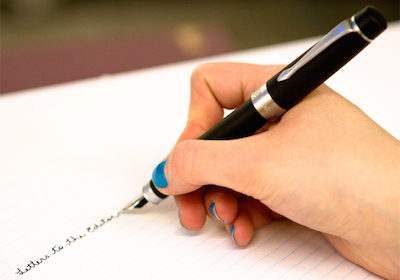Northern and liberal (one might almost say ‘Yankee’) outrage at the perpetuation of southern confederate mythology raised a number of eyebrows this summer after events in Charlottesville. The counter-reaction, the new-right demonstration in the streets shouting ‘white power’ and a crude translation of the old Joseph Goebbels line “Blut und Boden” (blood and soil), rightfully alarmed everyone. Yet, in this righteous fury, the anger was mysteriously directed less at the perpetrators than at their symbols. Clearly the mob subconsciously finds it easier to attack a swastika than the man wearing it.
In addition to the statue of Robert E. Lee-a symbol of the old-right that looks increasingly moderate compared to the more recent brand, which some have attempted to call ‘alternative’-various other monuments have been forcibly torn down all across the United States. The moral argument for each can be best settled among American Southerners, and is clearly not the place for Canadian or Yankee suburbanites to claim unknowing superiority.
This tearing down trend is now in vogue, and those drawing false equivalencies to the defenders of states’ rights to slavery have begun calling for an end to monuments of a controversial Canadian past. John A. Macdonald was a reprehensible figure—you’ll find no argument on that score—but he is still the most present symbol of Canadian nationhood that people have. To effectively argue for the removal of the legacy of the father of confederation, one must first present a comparable legend.
The legacy of Macdonald, undeserving as it may be, has been tied with the nation itself. The fact that his values do not accord with the values of today’s Canada does not diminish his impact or those of his compatriots.
The primary complaint of revisionists is that to use his name for schools and monuments disrespects the suffering of Indigenous communities and peoples. While I think that the scope of this argument is limited (we seem to forget all the Chinese, Irish, and Quebecois that died from mistreatment and overwork building his little train), it is true that Indigenous people bore the brunt of his abuse. The likely candidate to step into the void left by old Macdonald’s legacy should therefore be an Indigenous person of comparable legendary standing. The only one who fits the bill would be Louis Riel, who comes with his own historical baggage to bear and therefore fights an uphill battle to displace his already-established counterpart.
If Riel can’t take MacDonald’s place as the symbol of the Canada we want to think of, then it must be someone with our own modern values. The only candidate of modern standing would be former Prime Minister Pierre Trudeau, from whom we don’t yet have enough historical distance to be able to properly mythologize as the father of modern Canada (delayed further by the current bumbling administration of Trudeau Junior). This is the paradox of trying to fill history with the values of today; the legendary aspect of these figures is a product of the same time that propels our ideals away from what these men represented. By the time a figure has been ensconced in myth, their values have already become outdated.
This is not to say that revisionism is reserved for those at the top of Canada’s mythology. Earlier this July the Ryerson Student Union, with the school’s Indigenous Students’ Association, began a campaign to change their university’s name. Egerton Ryerson had a firm hand in creating the residential school system; clearly not a man to be either admired or forgotten, but his is not just a name attached to a university plaque. It’s the name of a major Ontario school, on hundreds upon thousands of degrees, and a school that many (including likely the student unions) remain proud of. If the school is to go to the lengths necessary to revise their own history and change their name, they need a suitable alternative.
The change of the name of a school, or the tearing down of the statue does not change the history it represents, it just tears down a symbol that many have grown to accept. To tear it away without an alternative readily available is like ripping the bandage from a gaping wound without a fresh replacement and letting it fester. History is not made better by taking away reminders of the parts that have changed, it is only what it is. What matters is whether we accept it, and don’t resort to merely attacking symbolic gestures out of instinct with no greater objective.






